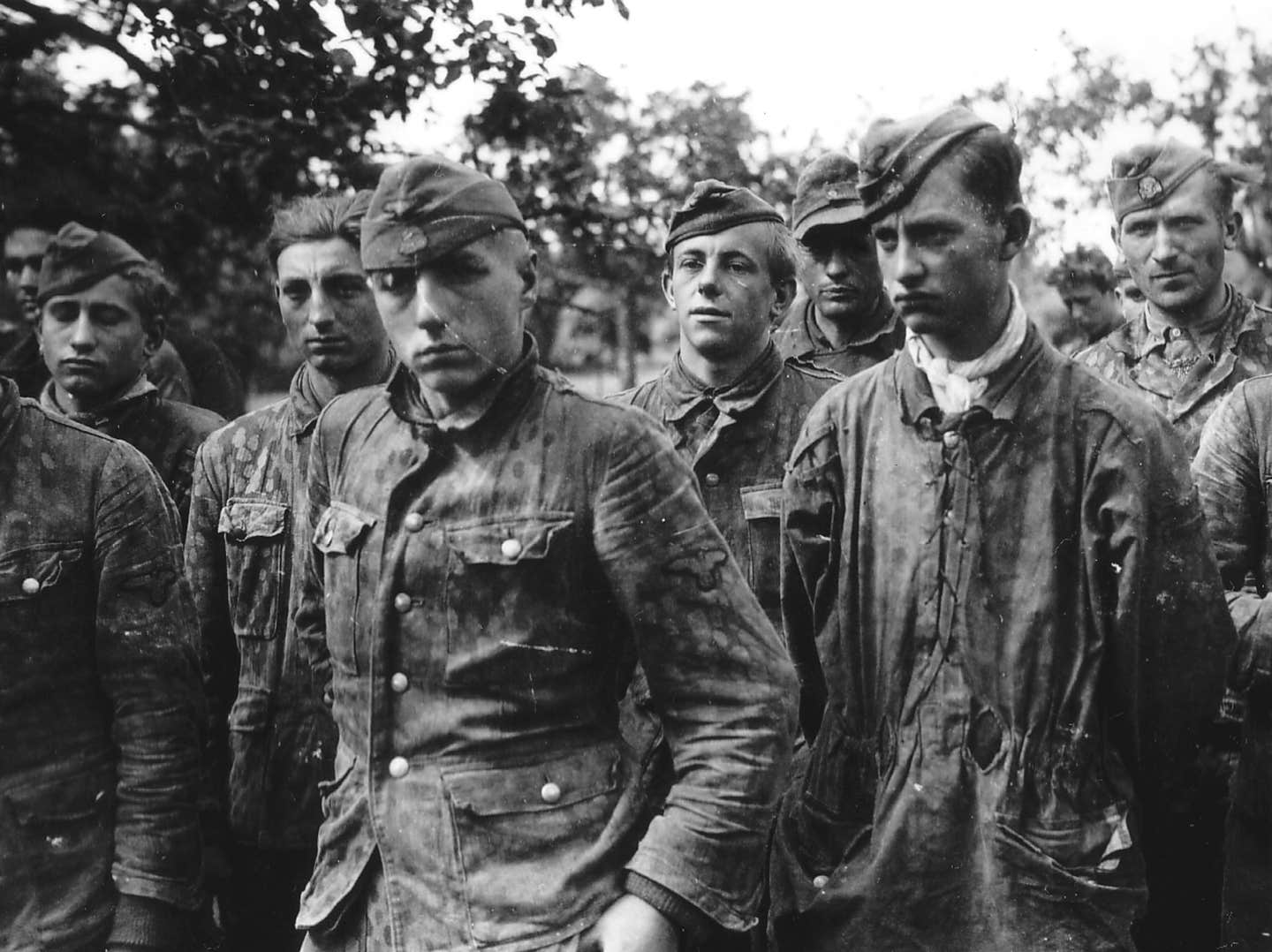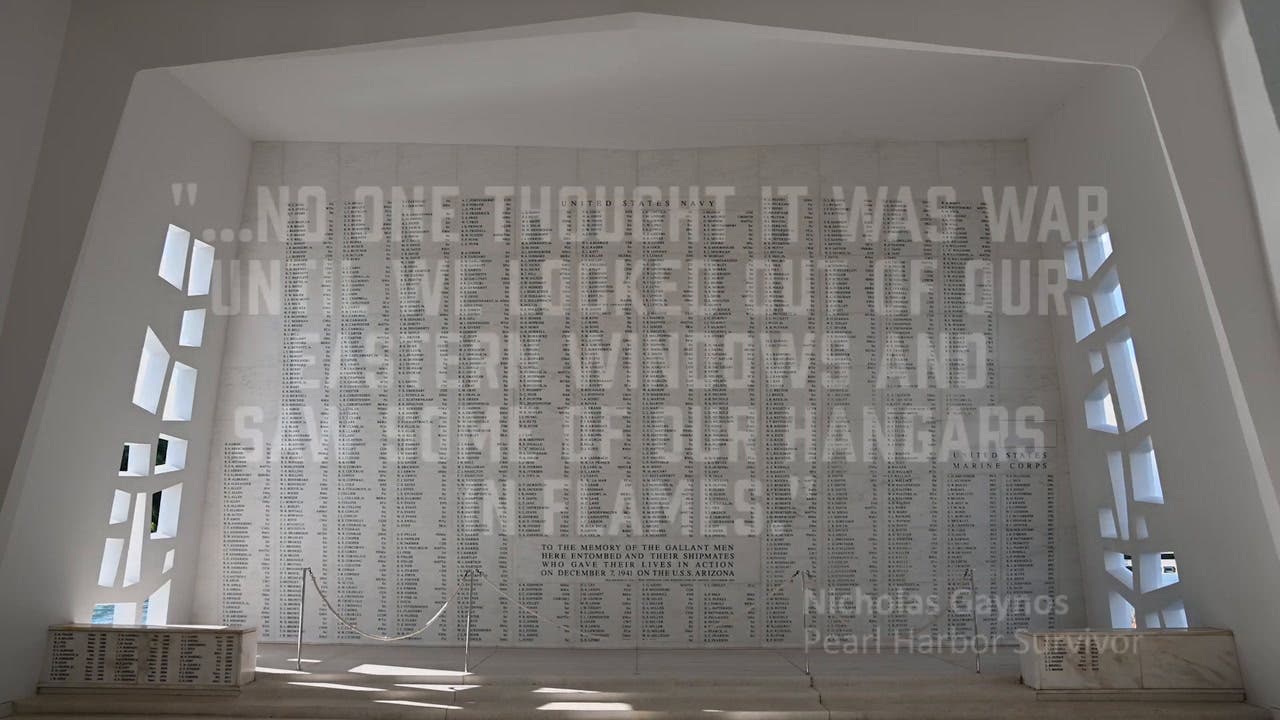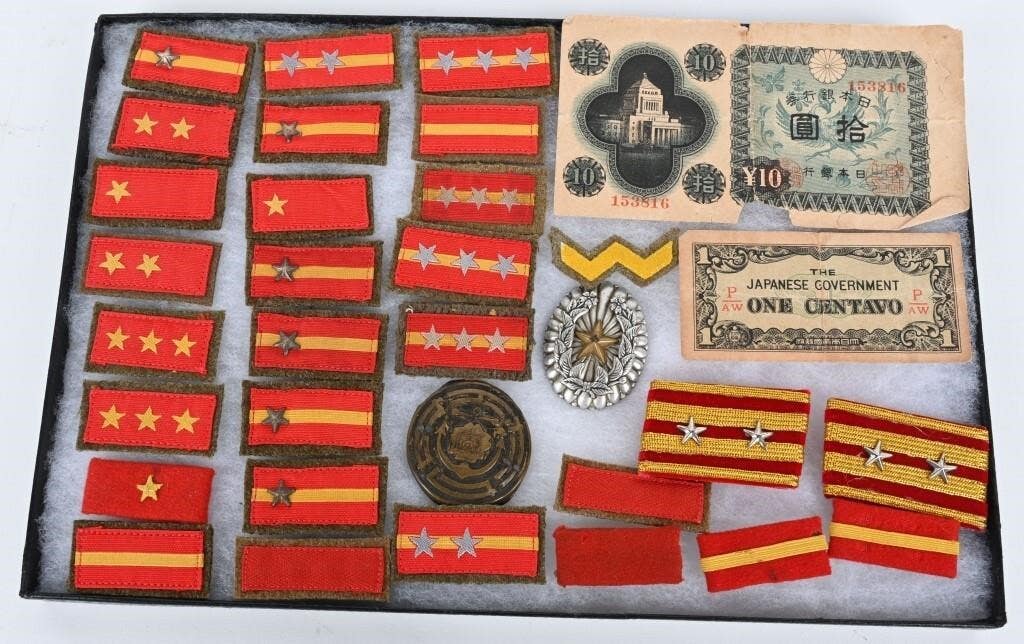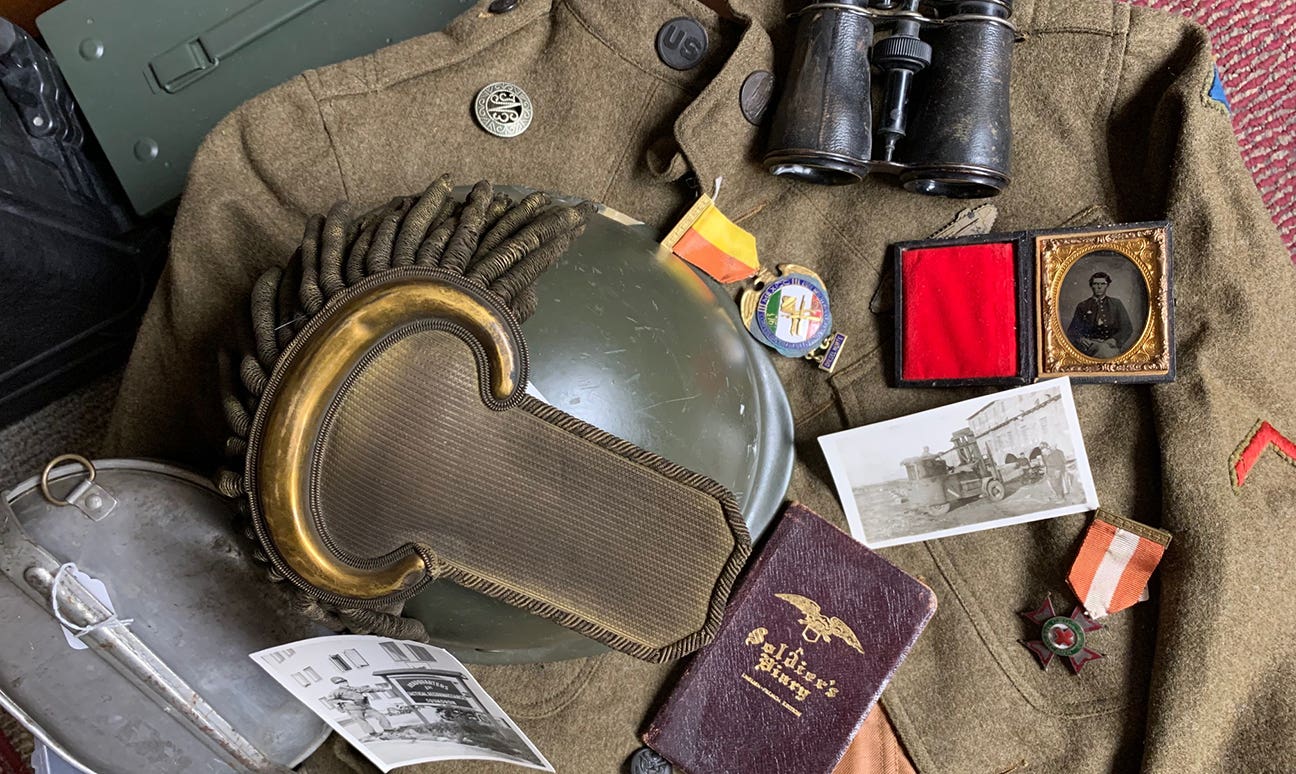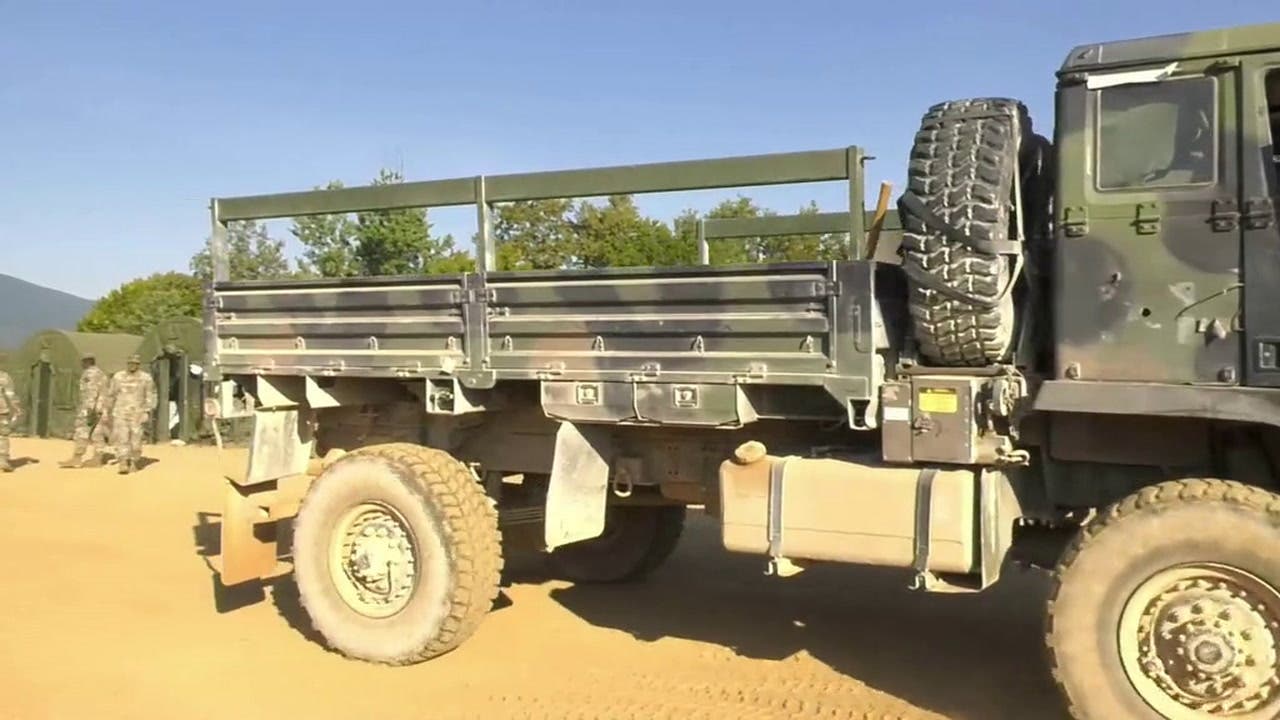Little Brass Cannons
Like the long lines of artillery on Gettysburg’s Cemetery Ridge, scale cannons with cast iron carriages and brass barrels can be found in most US battlefield gift shops. I hadn’t…
Like the long lines of artillery on Gettysburg’s Cemetery Ridge, scale cannons with cast iron carriages and brass barrels can be found in most US battlefield gift shops. I hadn’t really given these little field pieces much thought until the other day when my office landlord showed up at my door. He likes to drop in to talk about military history, collecting, and firearms. On this most recent visit, he was holding one of these little brass cannons. “I thought you might like this,” as he held out the pint-sized Napoleon.
I smiled, thanked him, and placed it on a shelf where I had a few odd Civil War relics. Pleased with what he felt was a good contribution to my office’s décor, he went about his business. I returned to my computer, and as I waited for the Macintosh to wind up, I stared at the unmanned gun. With the impact similar to a round of solid shot, a memory jarred loose from my brain.
A TRIP TO GALENA
When I was 11 years old, I was relentless in pestering my Dad to take me to Gettysburg. He probably had a more realistic idea of the distance between the Civil War battlefield and our Minnesota hometown, as he never made any intimation that he would take me there.
Perhaps as a consolation, he and my mother took one of my brothers and me to Galena, Ill.—the one-time home of General U.S. Grant. We visited Grant’s home, but what left a bigger impression on me were the rows and rows of Civil War firearms on display at the Galena-Jo Davies Historical Society (they are no longer on display, by the way). I am not sure at which museum I made two very significant purchases, but that night at our hotel, I was wearing a blue felt kepi and taking careful aim with a small scale piece of artillery.
After returning home, I rushed to gather up my 1/32nd scale Civil War soldiers. I was certain they were about the right size to service or attack the new piece of ordnance. Following several battles over the summer during which the small metal field piece was the focal point, I grew weary of “make believe” explosions.
You see, I had encountered something else that summer. At our local shooting club, a fellow had shown up with a 1/6 scale Napoleon field gun (I think, at the time, these were available from Connecticut Valley Arms). This 12-inch tall field piece featured a wooden and iron carriage and a 14-inch-long brass barrel that really fired a .69-caliber round ball! Several times, he loaded, primed, and lit the fuse, sending a one-ounce lead ball out of a billowing cloud of black powder smoke down range to impact on a paper target. I was bitten! I had to have a live-firing cannon.
After watching the GI Joe-sized Napoleon cannon fire, I returned home to study my own small piece of artillery. The tube (“barrel”) seemed to be hollow, but there was no vent hole at the back of the gun. “They did that on purpose,” I surmised. “They don’t want you to know that this can be made to shoot.”
I used a nail to check the depth of the tube. It didn’t reach to the breech. “Ah-hah.” Again, I contrived an explanation, “They only bored out HALF of the tube so no one would try to shoot it.” I knew how I was going to change that.
Hurrying to my Dad’s basement workshop, I cleared off a section of the workbench (my older brothers had a bad habit of just leaving their tools and projects lay on top of the bench). Shoving all of their stuff to one end, I advanced my “operational” cannon production. First step: Figure out how to hold the barrel in Dad’s vice. It took some doing, but I was able to secure the tube in a vertical attitude.
Second step: Bore out the barrel. I found Dad’s tin box of random drill bits. I tried several until I found one that fairly matched the diameter of the bore. Before I explain how I drilled out the bore, I have to confess that I didn’t have Dad’s blanket permission to use his power tools. I was assuming his pride in my innovation would offset any disappointment that he might feel as a result of my trespassing.
Pushing a chair adjacent to the vice on which to stand, I began the downward drilling of what I thought was plugged breech of the tiny cannon. I encountered a lot of spinning that I didn’t understand, but I kept drilling. When the bit turned black and didn’t seem to cut anymore, I replaced it will another from Dad’s box of bits. I continued drilling. Finally, THUNK! The drill bit dropped to the bottom of the cannon tube. I wasn’t quite sure why it traveled 3/4 of an inch in just a moment, but I didn’t care! Step two was complete.
Now, the crucial third step: Drilling a vent hole in the breech, wide enough to accept fuses that I would pull out of firecrackers. With a tiny bit on the Dad’s drill, I began to bore into the brass. It cut much faster than whatever had been plugging the barrel. In a matter of seconds, the bit broke through to the interior of the breech. I was ready! I had a fire-capable cannon!
As I took the cannon out of the vice, the tube dropped from the carriage. What the heck? Had I broken something with too much pressure?
I carefully examined the tube and the carriage. And then I saw it. What I assumed were trunnions cast on the side of the brass tube, was actually a single axle that went from one side of the carriage to the other, passing through the barrel! That’s what was spinning as I drilled.
Okay, so now I had a problem. I had a brass tube that I could load and fire, but it now had holes on either side through which the axle had passed. Add to that, it was no longer mounted on its carriage.
I had to think. Maybe an axle passing through the tube was not such a bad thing, after all. If it was thin enough, it wouldn’t block the tube, but rather, just be an inconvenient obstacle. If I used fine blackpowder (like the 4F that shooters used to prime flintlocks), it would flow past the obstacle. So, I found a suitable nail to make a new axel and repair the tube to the carriage once again.
But what about the 4F powder? All we had was very coarse, 2F that we used in our .58 caliber rifle, and a slightly smaller 3F powder for a .36 caliber “cap-and-ball” revolver. Would this 3F powder work?
Again, breaching an implied confidence with my dad, I retrieved is small copper flask from his revolver accessories. I trembled as I pushed the spring aside and aligned the flask’s spout with the bore of my little cannon. Eventually, the powder began to flow. When I thought that the cannon was about half full, I placed a bit of newspaper across the muzzle and pressed a copper BB into the paper and inside the tube.
I hadn’t thought far ahead enough to determine what I would use for a ramrod. I looked all over Dad’s workbench until it occurred to me, I could use a large nail. Looking at the rows of baby food jars where Dad kept an assortment of nails, screws, and other small hardware, I found a small spike I thought would work well as a ramrod.
Placing it over the muzzle and resting it on the paper-encased BB, I used one of Dad’s small upholstery hammers to “drive” the round home (bear in mind, I never implied any of this was safe or even remotely smart). Feeling it hit what was either the compacted blackpowder or the “axle” passing through the tube, it was time to turn my attention to priming the cannon.
I had seen reenactors use a wire to “prick the vent,” so I figured I had to do the same. My brother’s project on the workbench involved all sorts of resistors and capacitors, many of which had wire leads small enough to insert into my tiny cannon’s vent hole.
After “pricking the vent,” I pulled open the top drawer of the workbench. This was a catch-all drawer. Everything could be found in there, even individual firecrackers. I found a Black Cat that still had a good fuse. Having seen my brothers do it many times, I gently pulled out the fuse.
I tried to insert the firecracker fuse in the vent of my cannon, but it was too flexible. Using a combination of pressure and the lead of a resistor to push the fuse into the vent, though, I was satisfied it wasn’t going to come out..
I sat back on the chair and just looked at my fully charged cannon.
Listening for footsteps above me and hearing none, I decided it was time to test fire the cannon. Grabbing some strike matches from the incinerator where we burned garbage, I carried the cannon upstairs and out the screen door to our backyard. There was a covered cistern with a big stone on the lid where we did a lot of boyish things: Smacking caps with a hammer, melting toy soldiers with a magnifying glass, or as the black rings on the stone revealed, lighting those goofy black snakes that stunk so bad as the ash-snake grew. The stone on the cistern seemed a perfect place to test my cannon.
I found a large piece of cardboard and propped it against our rabbit hutch. Sam, a large black rabbit inside that hutch, had no clue he was currently living down-range from a testing zone. I sighted the cannon on a black dot in the center of the cardboard. Striking the match on the cistern stone, I leaned back in the “ready-to-run" position. I trembled as I held the lit match to the fuse. Suddenly, smoke and sparks began to shoot skyward.
I ran! I ran around the corner of the house, turning 180 degrees in my sneakers just in time to hear a small thud and witness a BIG cloud of smoke.
With adrenaline pumping and heart racing, I hurried back to the stone. As the smoke lifted, I saw the little cannon lying on its side—the brass barrel missing. I looked up to my “target,” now realizing that my cannon may have packed enough punch to — not only penetrate the cardboard — but also the rabbit hutch behind it!
Had I killed Sam? Relief replaced fear when I realized there was no hole in the cardboard. A reassuring glance into the front of the hutch revealed Sam chewing on a pile of those little green pellets that rabbits liked to eat. He was safe—even complacent. But what about my cannon?
I spent about an hour looking through the grass and garden for that brass tube. I never found it, but later that year, it did reemerge.
It was in the late summer when we began harvesting our vegetable garden. Dad was pulling up carrots when he called me over. “Where do you suppose that came from?” he asked, pointing to a slightly charred, scale brass cannon barrel.
“Beats me,” I lied. I just couldn’t bear telling Dad the depths of stupidity that resulted in a cannon barrel popping up with the carrots.*
*No animals were hurt in the execution of this tale. One adolescent ego, however, was severely deflated.
Preserve the Memories,
John Adams-Graf
Editor, Military Trader and Military Vehicles Magazine
John Adams-Graf ("JAG" to most) is the editor of Military Trader and Military Vehicles Magazine. He has been a military collector for his entire life. The son of a WWII veteran, his writings carry many lessons from the Greatest Generation. JAG has authored several books, including multiple editions of Warman's WWII Collectibles, Civil War Collectibles, and the Standard Catalog of Civil War Firearms. He is a passionate shooter, wood-splitter, kayaker, and WWI AEF Tank Corps collector.



